Snow leopards (Panthera uncia) have many interesting characteristics that make them unique among big cats. Here are some snow leopard facts about their appearance, habitat, diet, and mating.
Population
- There are an estimated 4000 to 6000 snow leopards left in the wild.
- An additional 600 to 700 snow leopards can be found in zoos.
General Snow Leopard Facts
- Snow leopards thrive in some of the harshest environments on Earth,
- They are most active during dawn and dusk (crepuscular activity).
- Have fur that grows up to five inches long for extreme cold protection.
- Prefer steep, rugged terrain over open grasslands or dense forests.
- Can survive on a single large meal for up to two weeks.
Physical Facts
- A snow leopard body is built for agility and endurance
- Their thick fur coat provides insulation against freezing temperatures.
- Fur-covered paws act as natural snowshoes.
- Long, bushy tail helps with balance and provides warmth.
- Powerful limbs allow them to leap up to 50 feet in a single bound.
- Snow leopards are medium-sized big cats, larger than a lynx but smaller than a tiger. Males weigh between 120 and 200 pounds; females are slightly smaller
- Body length is about 4 to 5 feet, with an additional 3 feet of tail length.
- Their size gives them the strength to take down large prey, yet they remain agile enough to navigate steep, rugged terrain.
Habitat and Range Facts
- They inhabit the rugged mountain regions of Central Asia, spanning 12 countries.
- Snow leopards live at elevations between 9,800 and 17,000 feet above sea level.
- They prefer rocky slopes, alpine meadows, and sparse vegetation.
- They are known as the “ghosts of the mountains” due to their elusive nature.
Diet and Hunting Facts
- Snow leopards primarily prey on mountain ungulates such as wild sheep and goats.
- Their hunting strategy relies on stealth, patience, and their ability to make powerful leaps to catch their prey.
- Unlike other big cats, snow leopards rarely scavenge and rely almost entirely on their hunting skills to survive.
- They are carnivorous predators primarily feeding on mountain goats and wild sheep (Himalayan blue sheep, Siberian ibex) and smaller mammals like marmots, hares, and birds.
- They often drag their kills to secluded areas to feed undisturbed.
Snow Leopard Mating Facts
- Females typically give birth in hidden rocky dens, where they nurse and protect their cubs for the first few months of life.
- The cubs rely entirely on their mother for survival and gradually learn essential hunting skills as they grow.
- Female snow leopards have a gestation period of 90 to 100 days.
- They typically give birth to 2-3 cubs in a secluded den lined with fur.
- Cubs are born blind and rely entirely on their mother.
- Their eyes open after about a week; and they start walking at around two months.
- By two years old, they leave their mother to establish their own territory.
Communication and Behavior Facts
- They cannot roar like other big cats.
- Communicate using vocalizations such as growls, yowls, mews, and chuffing sounds.
- Use scent marking and scratch marks to establish territory.
- Solitary animals, only coming together during mating season.
“Snow leopards are the ambassadors of Asia’s high mountains.”
Carlos Drews, Global Species Program Director, WWF International: 2013 Global Initiative to Conserve the Snow Leopard and High-Mountain Ecosystems

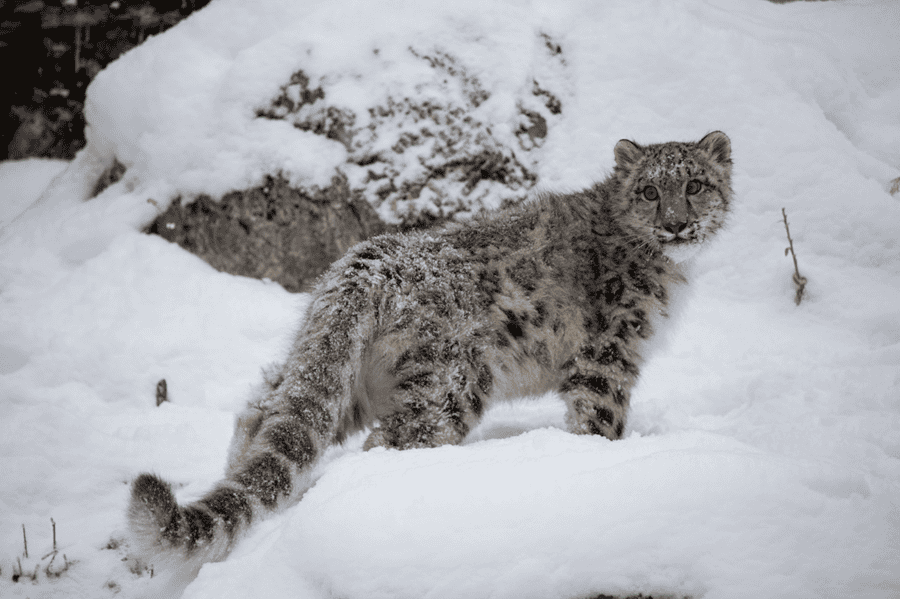
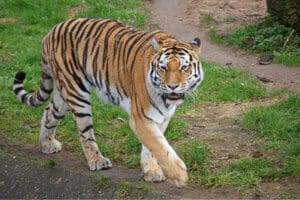
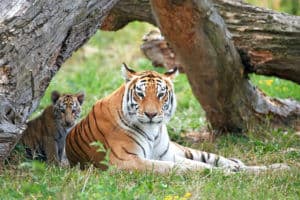
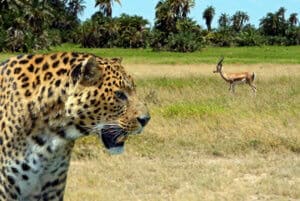

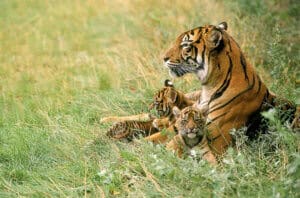
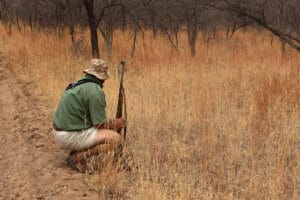

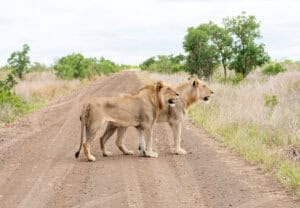
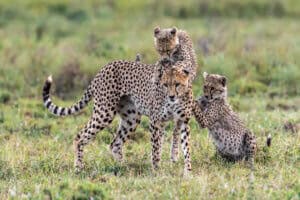


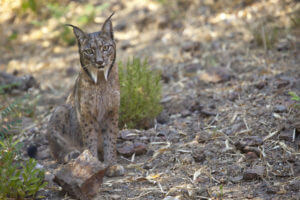
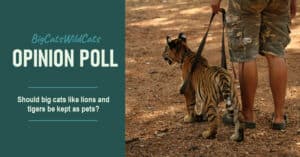

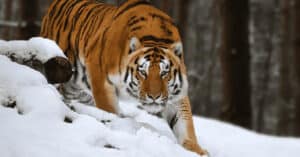

0 Comments